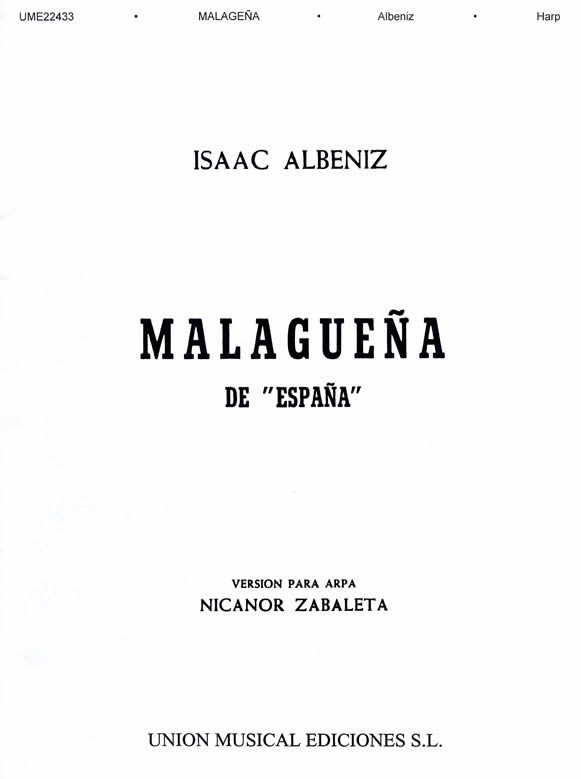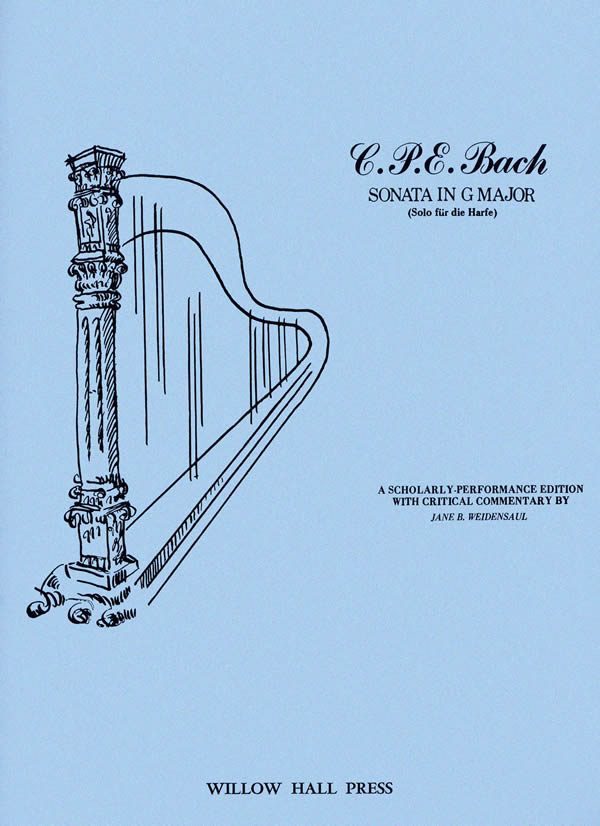Sonata for Harp (Classical)
$25.00
| Difficulty Level | Advanced |
|---|---|
| PDF or LHS | Downloadable |
| Harp Type | Pedal Harp |
Click HERE to hear a recording of this music, and for more information on the composer, Bjorn Sverre Kristensen, please visit: www.bjornsverre.com .
Movement one:
This movement is loosely shaped as a sonata with echoes back to the classical sonata form with thematic duality. The movement starts with the main theme which is presented in its ground form thrice before it is elaborated in different ways. The side theme sets in at bar 24 and is elaborated on to bar 42, where a transition takes place to a more freely based developmental part with the side theme taking a prominent place. The whole course “disintegrates” leaving the diminished fifth G1-C#1 as key interval. From there on the movement once more gains momentum with the side theme which now has become the “leading” theme.
The thematic treatment is, as mentioned, loosely based on the classical sonata form, thus the subtitle “classical”.
Movement two:
This movement (in F Phrygian) is based on a rhythmic ostinato beaten on the board of the harp by the left hand of the harpist. The movement starts with a transition motif with echoes back to the first movement. This motif leads over to the melodic and chordal figurations played by the right hand. The music is intended to evoke a certain “oriental” feeling.
Movement three:
This movement is loosely based on the sonata rondo form. Tempo and thematic structure are based on the Swedish “Gonglek” (walking, or stride dance). The main theme (bars 1-4) is repeated and elaborated upon and leads directly over to the side theme starting at bar 17 before the two themes entwine and the side theme is played backwards up to the Grave part. A steady stream of 16th notes going over to a combination of 16 and 8 notes gives the movement a fleeting feel, until it is stopped by the first episode (the Grave part). This long episode lasts to bar 66 where the main tempo starts up again. In bar 78 a change in scale material gradually takes place. From the Dorian mode it changes to a phase reminiscent of the free tonality of the first movement. The side movement sets in a large second higher and is accompanied by free tonal figurations with the same rhythmical structure as before. A new episode in Grave sets in at bar 118. This one takes its material from the side theme. The chain is once again broken in bar 125 with the ritornel of the main theme, but also this disintegrates shortly after. This “stop- go” esthetic goes on for a while, indicating the disintegration of the entire musical material, before, at bar 143 a finale Grave section sets in. This section carries the side theme, which, as in the first movement, gains the upper hand and in large arpeggios ends the movement.




